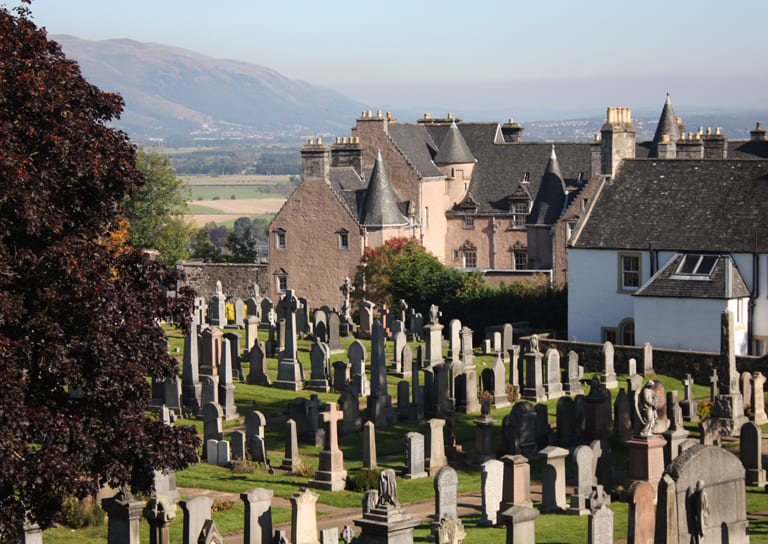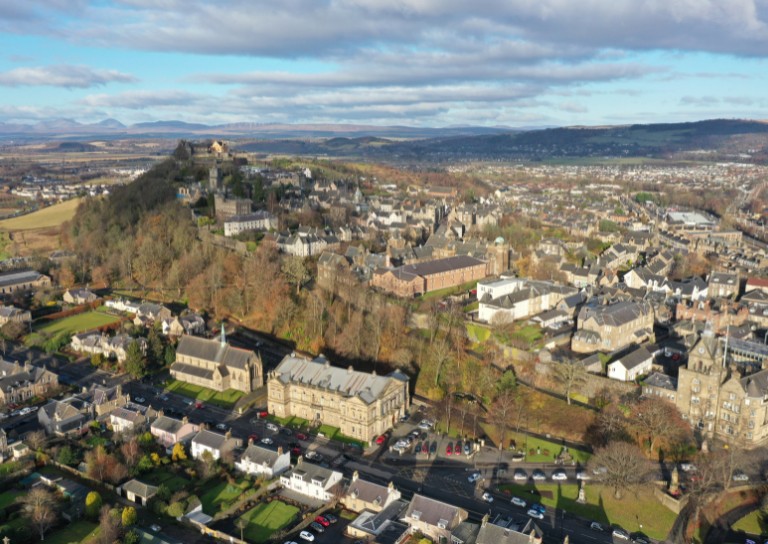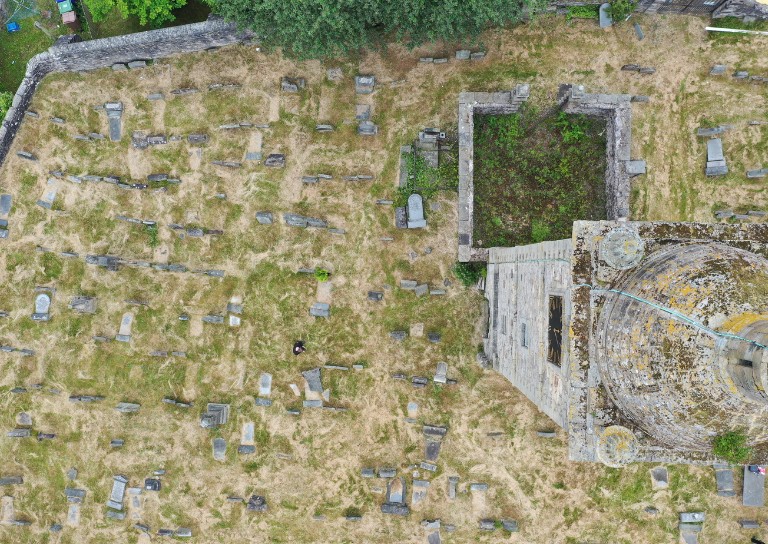- Home
- Our Work

- Stirling's Story

- Blog
- Beechwood House and the Transatlantic Slave Trade

- New Retrofit Service now available for Traditional Buildings Health Check Members

- Retrofitting Traditional Buildings: Chimneys

- SCHT 20: Championing Women in Construction
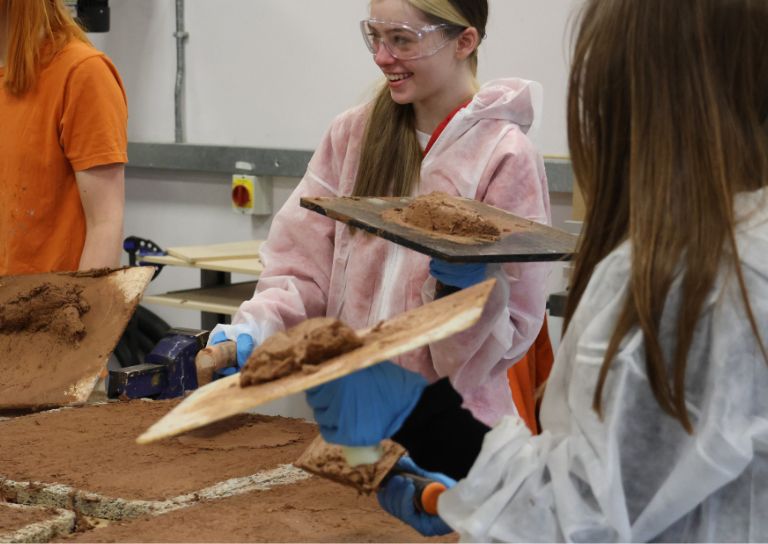
- Stirling's Lost Swimming Pools
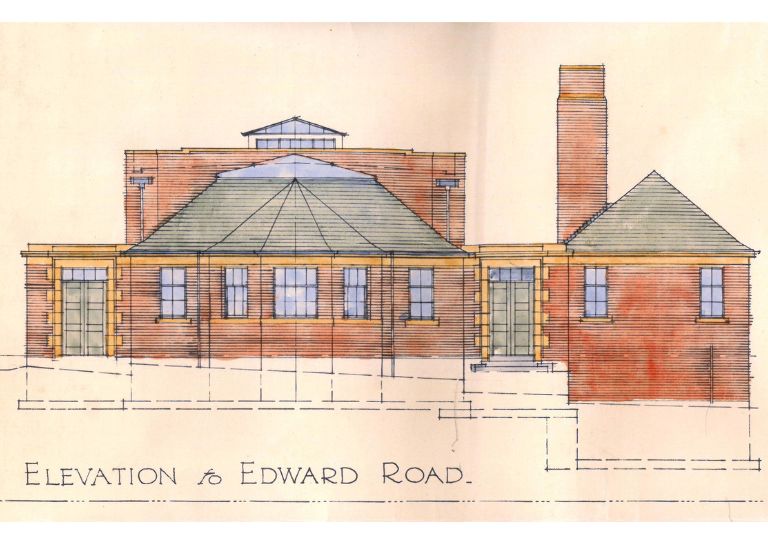
- Women in Construction at Bannockburn House
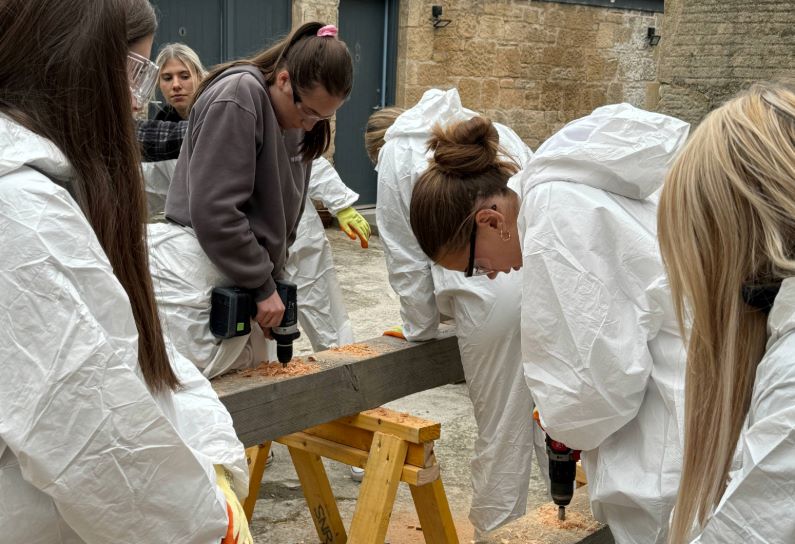
- Avenues to the Past: Stirling’s Historic Streets Exhibition

- Retrofitting Traditional Buildings

- Retrofitting Traditional Buildings: Windows

- Statement on Langgarth House

- Guest Blog: Dementia Friendly Heritage Interpretation
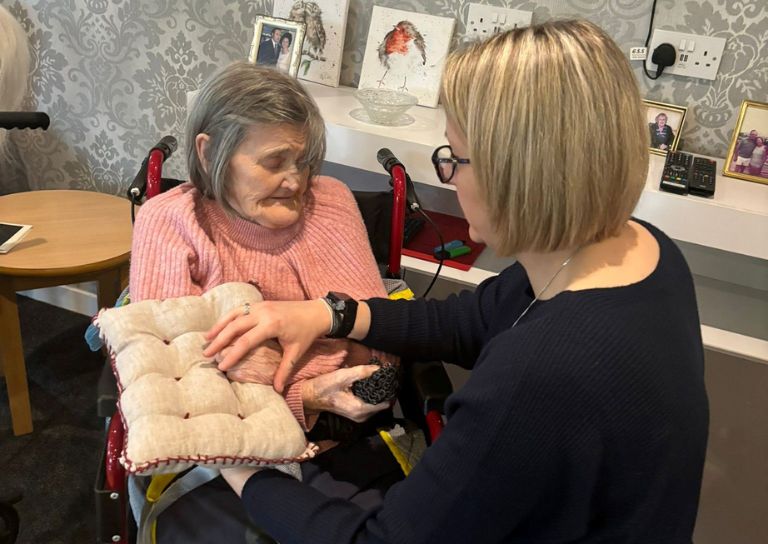
- SCHT Grant Conditions: Owners Associations
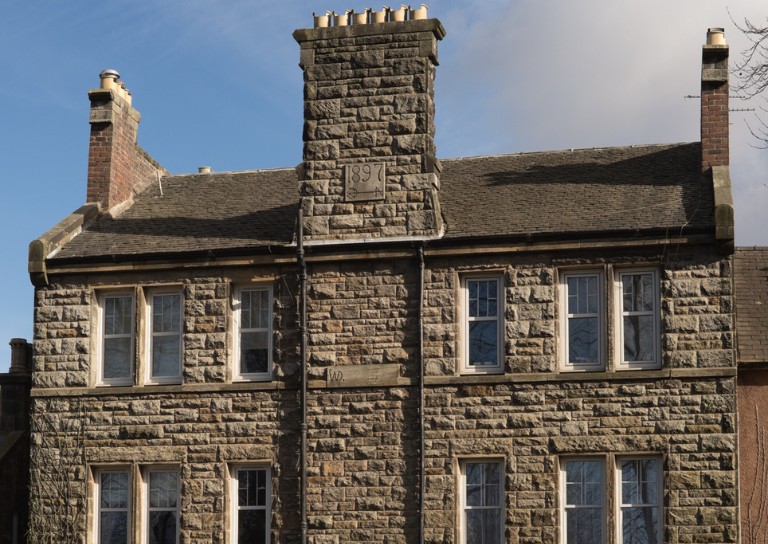
- Stirling Business Awards 2025

- What is a Conservation Area
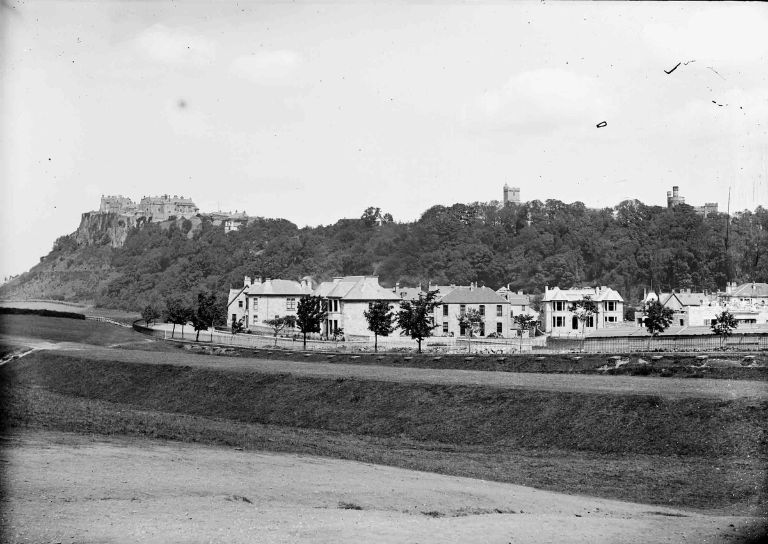
- 20 Great Buildings of Stirling

- Building Resilience: Maintaining Traditional Buildings

- Architects and The Thistle Property Trust

- World Heritage Day: Exploring Hayford Mill

- Community Consultation launched for Stirling’s Heritage Strategy
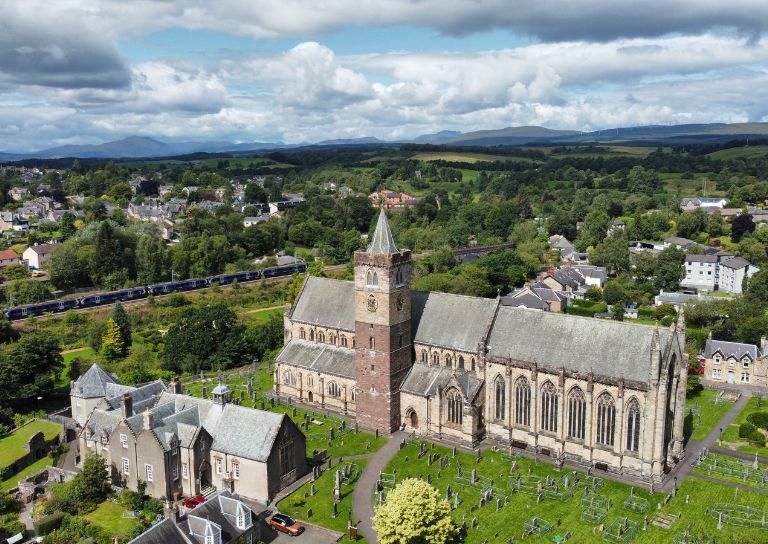
- SVE Inspire Awards September 2024

- Reminiscence Art Project
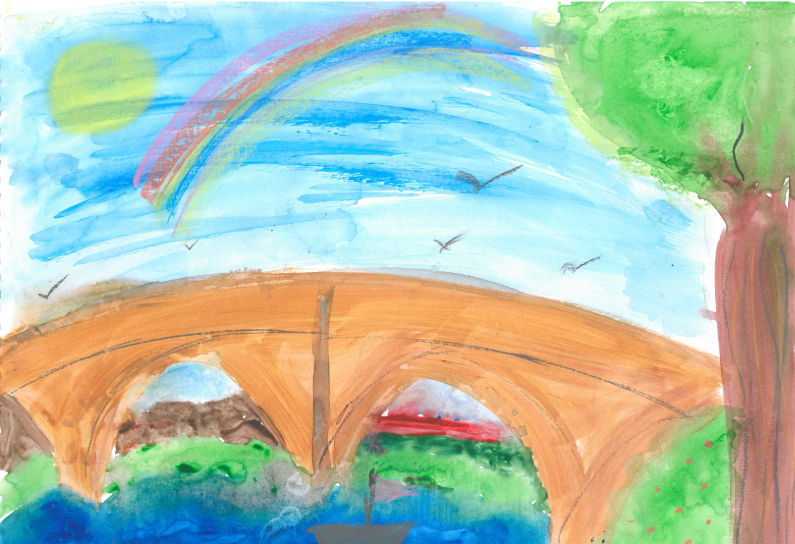
- On the European Stage: Preserving by Maintaining conference, Bratislava

- The Abolition Movement in Stirling

- Shopping Arcades

- Retrofitting Traditional Buildings: Insulation

- Retrofitting Traditional Buildings: Climatic Adaptation
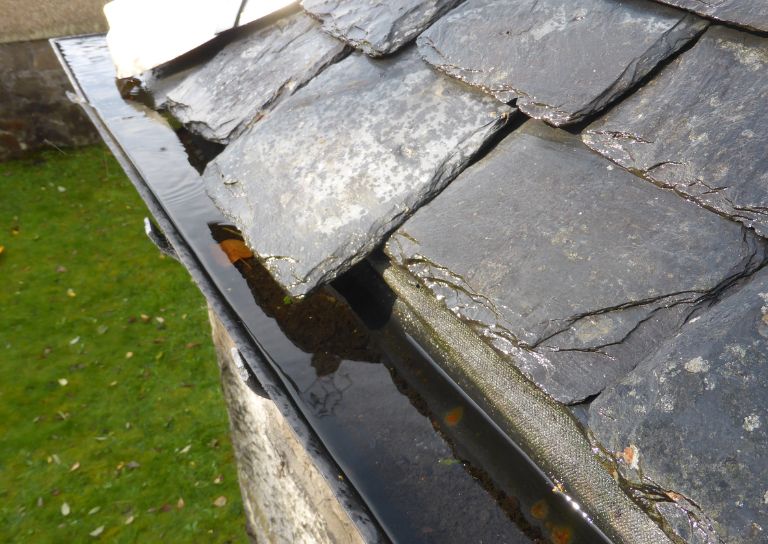
- Kings, Wolves and Drones: 20 years of care and repair at Stirling City Heritage Trust

- Practical Workshop on Retrofitting Insulation with A. Proctor Group
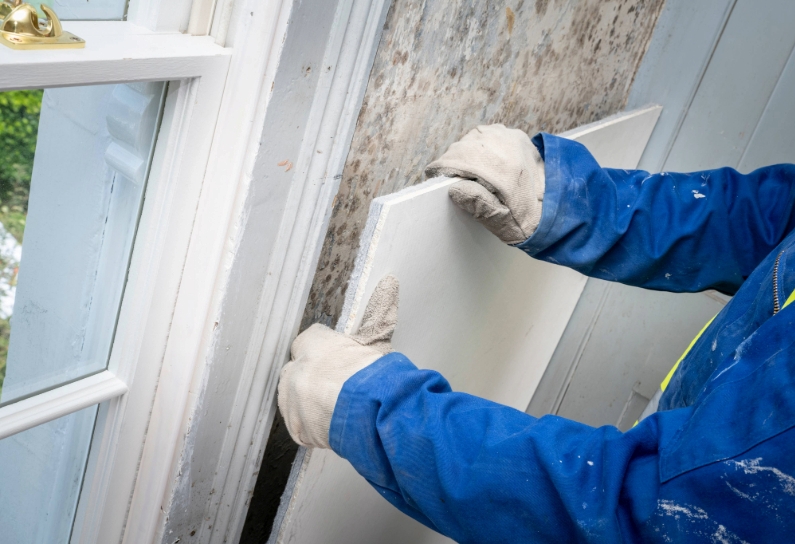
- Marking the 80th anniversary of VE Day
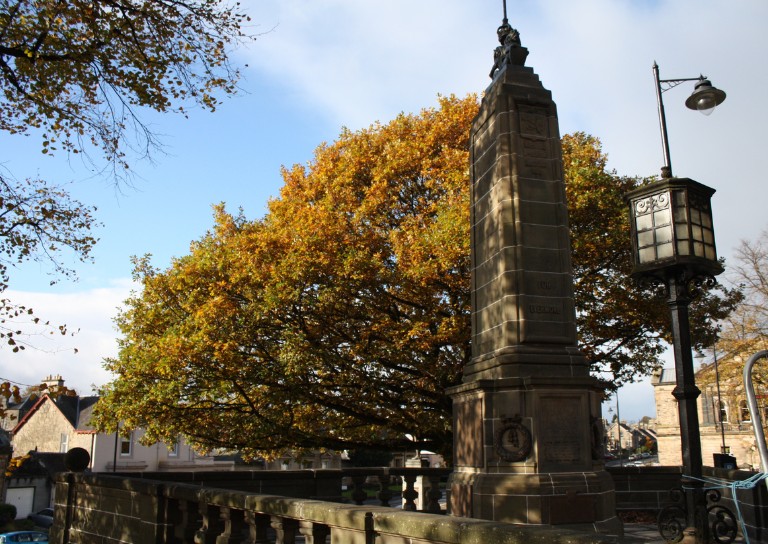
- Walker Family Visit

- Retrofitting Traditional Buildings: Fabric First

- Supporting traditional building repair in Stirling
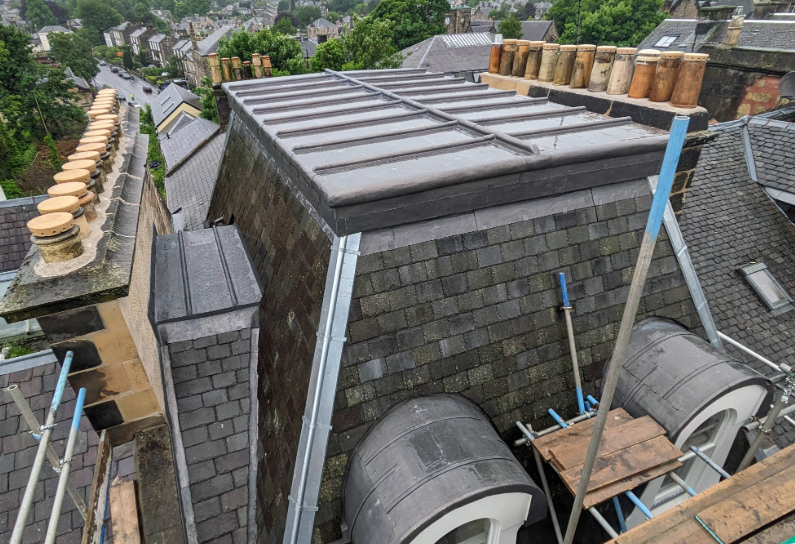
- Stirling's Historic Jails
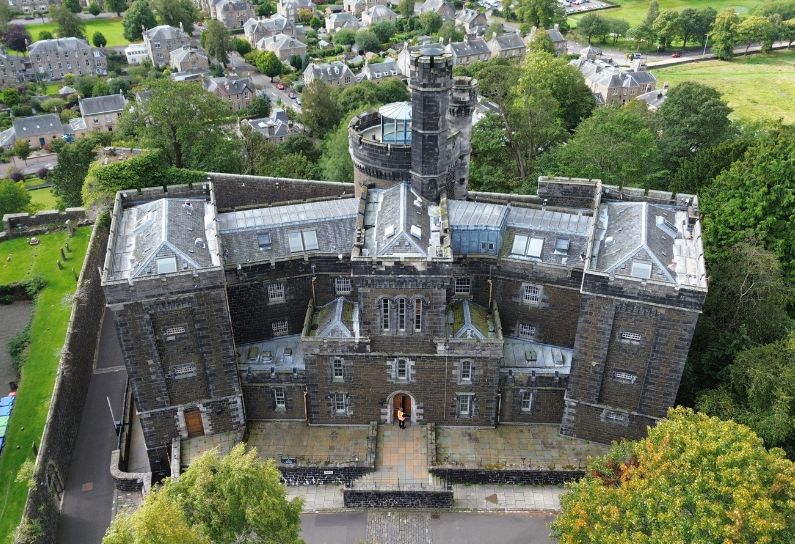
- Ghost Tales from Stirling

- Stirling Reminiscence Box

- Stirling City Heritage Trust at 20

- Retrofit Event: Meet the Suppliers

- Snowdon House and The West Indies

- Miss Curror and the Thistle Property Trust

- Dr Lindsay Lennie retires from Stirling City Heritage Trust
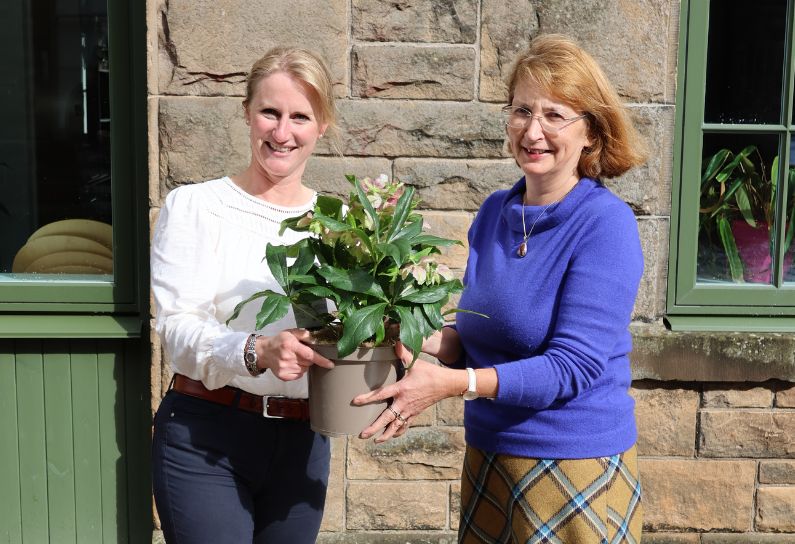
- Stirling’s Streetscape Stories: Photography Workshop

- Level 3 Award in Energy Efficiency for Older and Traditional Buildings Retrofit Course (2 Day)

- Stirlingshire’s Highland Games

- Creative careers in the heritage sector

- Postcards From Stirling

- Stirling’s Gala Days

- Building Surveying Student Intern at Stirling City Heritage Trust

- Heritage Trail: Stirling Walks

- Local History Resources

- Stirling Through the Decades

- Stirling’s STEM Pioneers

- Traditional Skills: Signwriting

- Christian MacLagan, a pioneering lady, but born too soon?

- Traditional Shopfronts in Stirling

- Stirling History Books for World Book Day

- My Favourite John Allan Building by Joe Hall

- My Favourite John Allan Building by Lindsay Lennie

- My Favourite John Allan Building by Andy McEwan

- My Favourite John Allan Building by Pam McNicol

- Celebrating John Allan: A Man of Original Ideas

- The Tale of the Stirling Wolf

- Stirling: city of culture

- Christmases Past in Stirling

- Stirling’s Historic Graveyards

- Top 10 Tips for Architectural Photography

- An Interview with David Galletly

- Springtime in Stirling

- The Kings Knot – a history

- A Future in Traditional Skills

- Robert Burns’ First Trip to Stirling

- Stirling’s Witches

- Stirling’s Ancient Wells

- An architecture student’s take on the City Of Stirling

- Ronald Walker: Stirling’s Architect

- Stirling’s Statues

- Stirling’s Wee Bungalow Shops

- Stirling’s Historic Hospitals

- Women in Digital Innovation and Construction

- Heritage at home: 8 of the best online heritage resources

- Stirling featured at virtual heritage conference

- Five of Stirling’s greatest John Allan buildings

- Women in Construction – Stirling event report

- Scotland’s trailblazing women architects

- Stirling’s Heritage: Spotlight on The Granary

- TBHC Scheme now open to properties in Dunblane and Blairlogie

- How drones help us inspect traditional buildings

- Hazardous Masonry & Masonry Falls

- Mason Bees: What’s the Buzz?

- Stirling Traditional Skills Demonstration Day Success!

- Floating Head Sculpture at Garden Glasgow Festival 1988

- The story behind Paisley Abbey’s Alien gargoyle

- Cambuskenneth Abbey

- Stirling City Heritage Trust Publications

- Sharing Memories: Taking '20 Great Buildings of Stirling' into the community

- William Wallace Statues In Stirling

- Coronations and Royal Christenings in Stirling

- The development of King's Park

- Energy efficiency project awarded grant from Shared Prosperity Fund

- Inspiring the Future: Stirling City Heritage Trust's Women in Construction Event at Wallace High

- Doors Open Days Talk: Who Built Stirling?

- 10 Years of the Traditional Buildings Health Check

- Growing up in Stirling: A Night of Reminiscence at The Smith

- SCHT visit to Brucefield Estate, Forestmill, Clackmannanshire

- Statement on Christie Clock

- Stirling’s Lost Skating Heritage

- Laurelhill House and the West Indies

- Beechwood House and the Transatlantic Slave Trade
- About Us

- Support Us

- Contact

How drones help us inspect traditional buildings

Unmanned aircraft, commonly known as drones, have changed the way we look at the world. They have transformed the way wildlife documentaries and blockbusters are filmed, and have made the inspection of wind farms, and oil rigs safer and more efficient. Not to mention the positive impact they have had on mountain rescue missions and mapping.
The technology has advanced very quickly in recent years to offer stable flight systems with onboard cameras capable of high resolutions and thermal imaging. Typical safety features include GPS positioning, automated return to home, and smart batteries which monitor and report the charge remaining.
Stirling City Heritage Trust have been flying drones for the Traditional Buildings Health Check inspections since early 2019. Our pilots are trained, certified, and insured to fly drones within built-up areas, subject to strict regulation by the Civil Aviation Authority (CAA).
We can now inspect and photograph areas of buildings that we found previously impossible to assess without the use of scaffolding or a cherry picker. Inaccessible roof areas, hidden valleys, high level gutters and chimneys are all within reach of our drone.
The safety of our inspectors has improved as the need to work at height has been reduced. For example, the condition of rainwater gutters can first be assessed using the drone, making ladders necessary only if the inspection team decide that physical examination would be beneficial. Where inspectors previously had to enter a property to access a rooflight to exit onto a roof with exposed edges, the drone can be flown, and detailed photographs taken from the relative safety of ground level.
Our drone is small, lightweight, and low noise meaning we can operate it without causing inconvenience or distress to residents of neighbouring properties, or their pets. The inspection team wear high-visibility clothing and carry appropriate signage to ensure that residents and passers-by are aware that drone flights are being conducted. Flight operations normally take less than an hour to complete.
Legal requirements
In the UK, the person responsible for managing a drone weighing more than 250g must register with the Civil Aviation Authority (CAA) to obtain an Operator ID. Those intending to fly a drone (250g and above) must have a Flyer ID which shows they have passed the CAA’s official theory test. Pilots must fly their drones safely and responsibly and follow the drone code. Those flying drones for work must have public liability insurance.
From 31st December 2020 the rules for flying drones have been the same in the UK and all European member states. The rules are based on the risk of the flight, and pilots must consider where they fly, proximity to other people and the size and weight of their drone. New regulations introduce three categories within which drones can be flown, and drone classification relating to a set of standards.
If you are interested in having a survey of your building undertaken please contact us to discuss. Our inspectors will assess if your building is suitable for a drone inspection.









